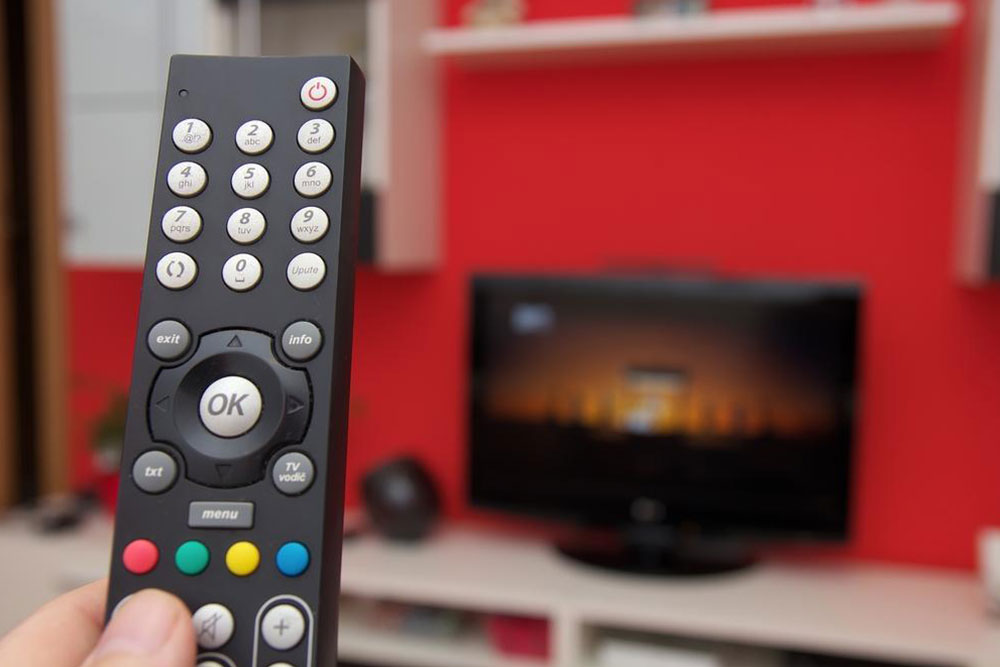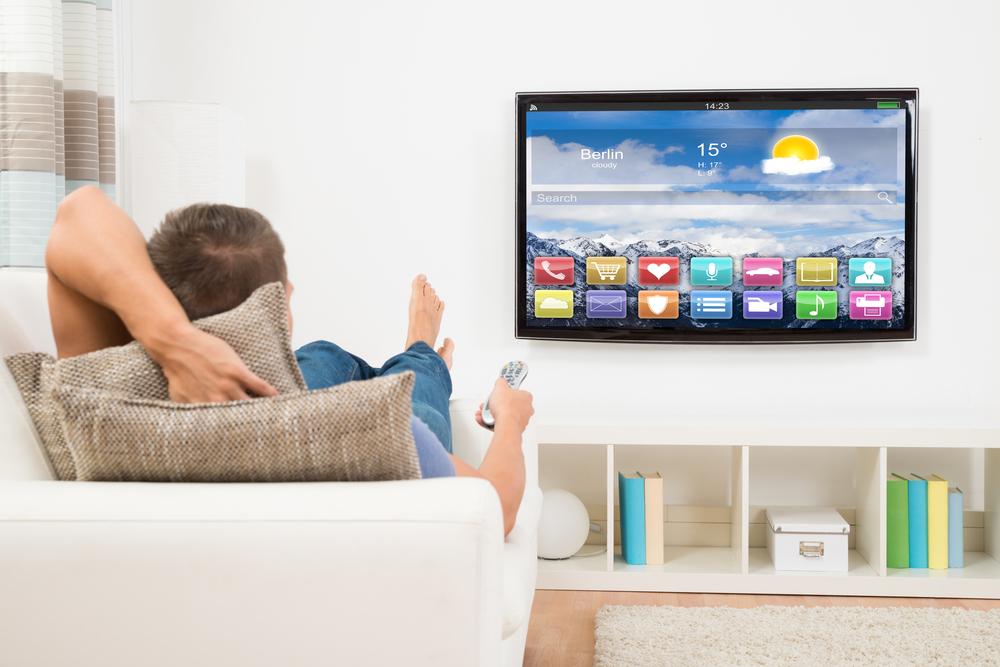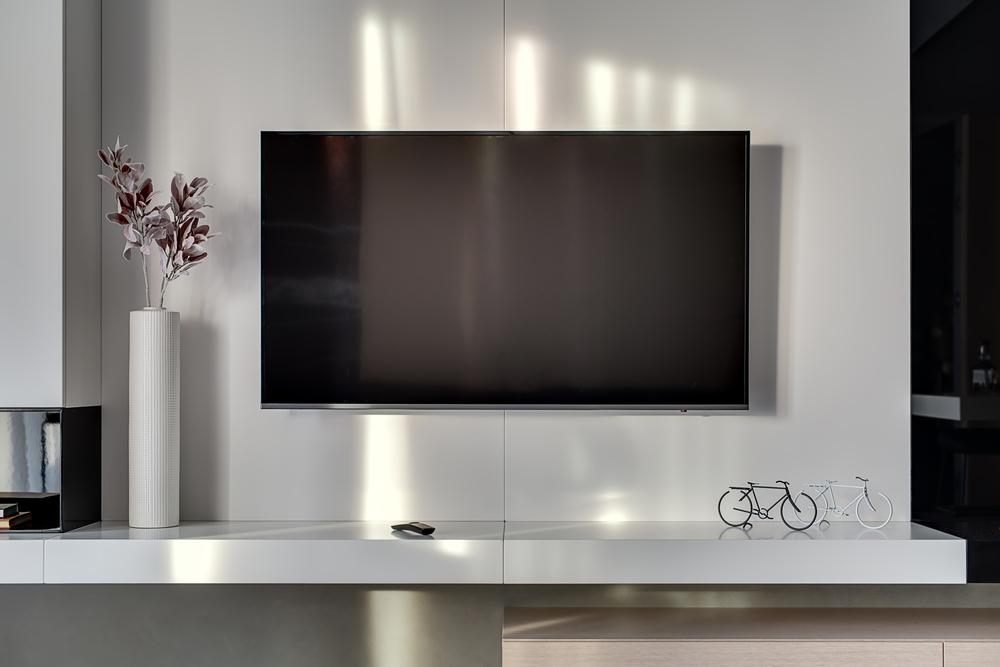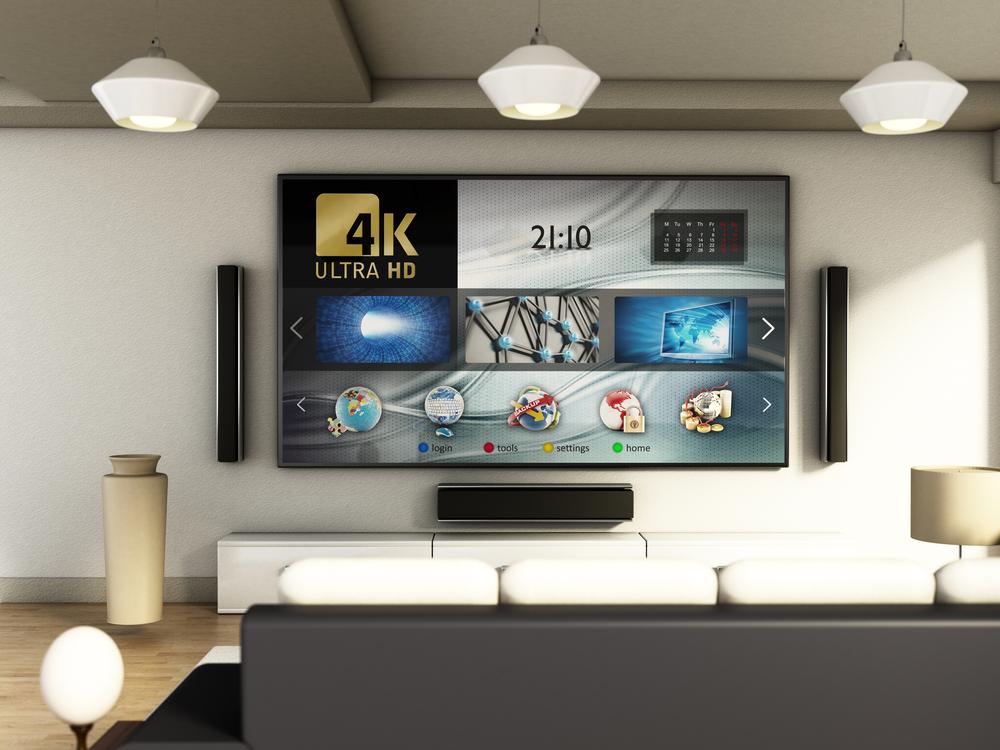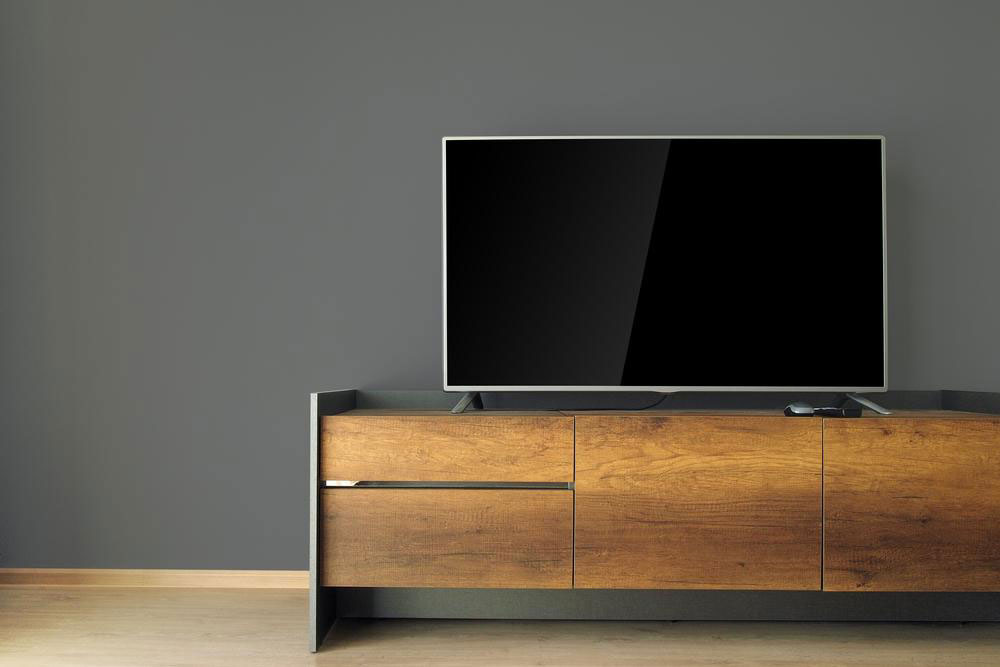Assessing the Intelligence of Modern Smart Televisions
This article explores the capabilities and functionalities of modern Smart LED TVs, highlighting their internet connectivity, app integration, and streaming features. It discusses how these devices have evolved from simple displays to intelligent entertainment hubs, emphasizing their benefits and technical considerations such as Wi-Fi dependence and performance. The piece underscores the shift from traditional TVs and laptops to current smart TV-centric experiences, all while providing useful insights for consumers looking to understand the sophistication of today's smart televisions.
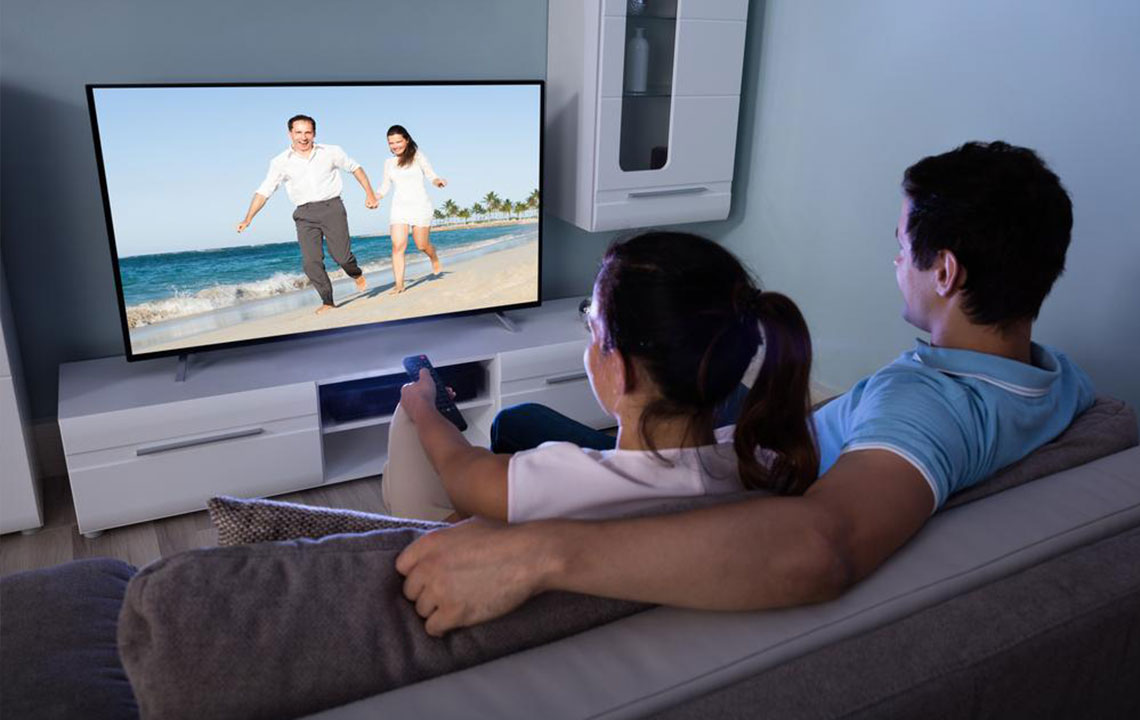
Assessing the Intelligence of Modern Smart Televisions
Smart LED televisions are now a common sight in households. They are increasingly slim with improved display clarity. These TVs have become so advanced that users often treat their screens like laptops, thanks to built-in Wi-Fi capabilities.
Today’s smart TVs come loaded with applications, providing an experience akin to using a smart device. But how truly intelligent are these devices?
Initially, TVs were simply called devices for viewing content, but with the rise of smartphones, the term ‘Smart TV’ was introduced. Modern Smart TVs connect to Wi-Fi, support apps, and stream movies and shows, making them versatile entertainment hubs.
How do Smart LED TVs work?
Typically, smart TVs utilize wired Ethernet connections, but most now feature built-in Wi-Fi, facilitating easy internet access. Streaming platforms like Netflix and Amazon Prime have greatly boosted Smart TV popularity. Unlike smartphones, Smart TVs use various interfaces and operating systems depending on the manufacturer. The performance of these TVs heavily relies on home Wi-Fi strength and sufficient processing memory, which may sometimes cause freezing or crashes, similar to computers.
Enhanced sound quality and high-resolution visuals have greatly improved the viewing experience. Leading brands such as Samsung, Sony, and LG are continually advancing TV sound and picture technology.
Streaming giants like Netflix, Hulu, and Amazon Prime have driven the popularity of Smart TVs, making them household essentials. Many have replaced laptops for media consumption, with viewers opting for YouTube and other streaming services directly on their TVs.
The evolution of technology has brought full circle—normal phones gave way to smartphones, which now give rise to Smart LED TVs. Why rely on smartphones for streaming when Smart TVs can deliver superior audio-visual experiences?



